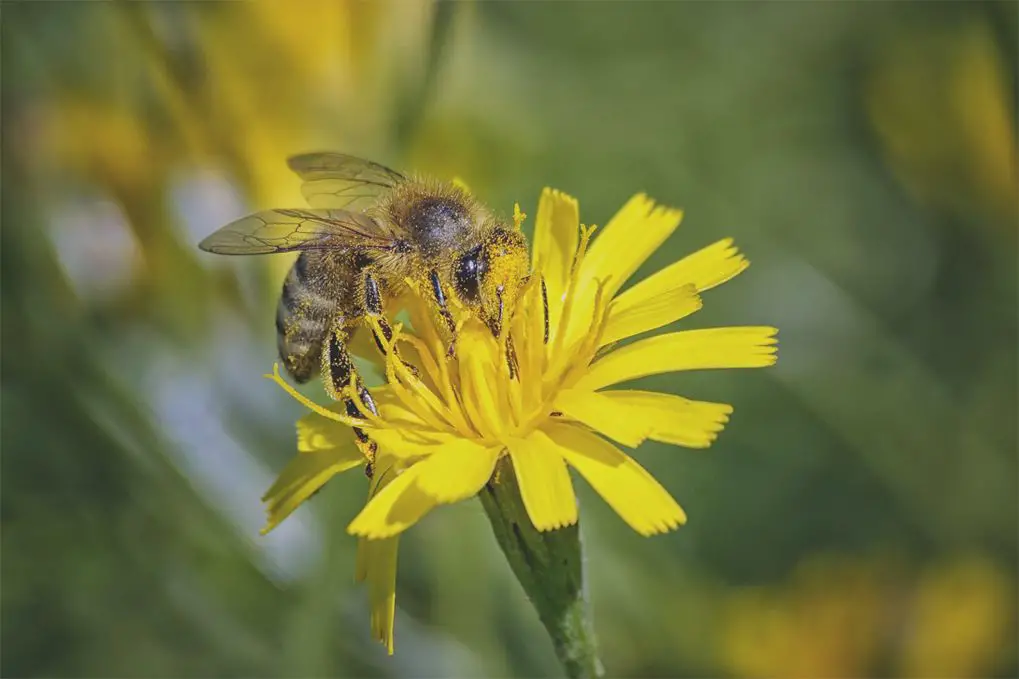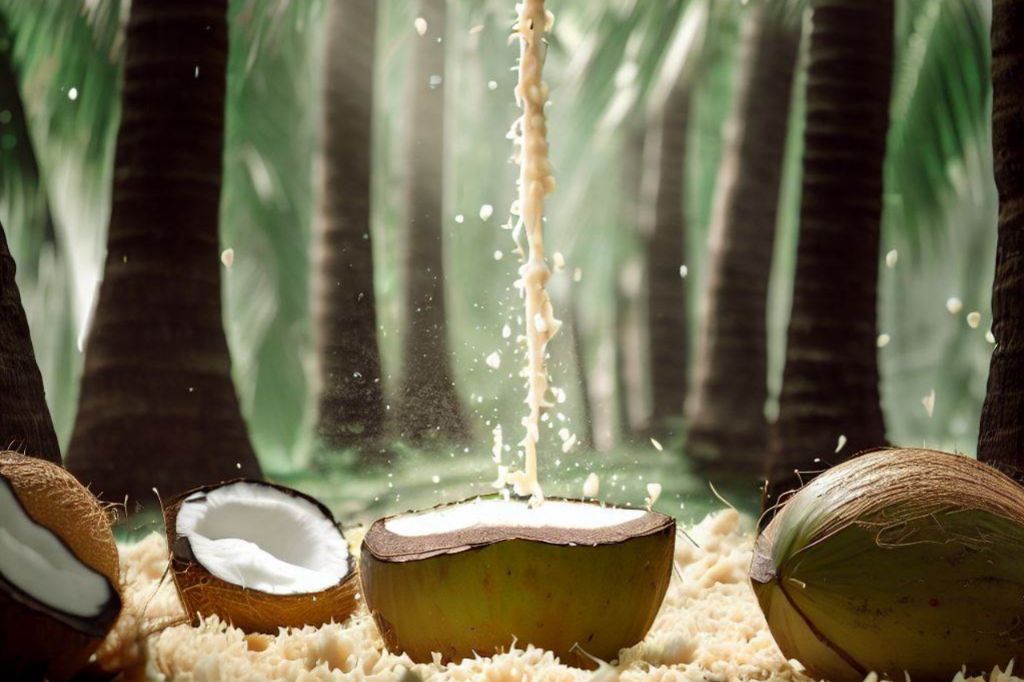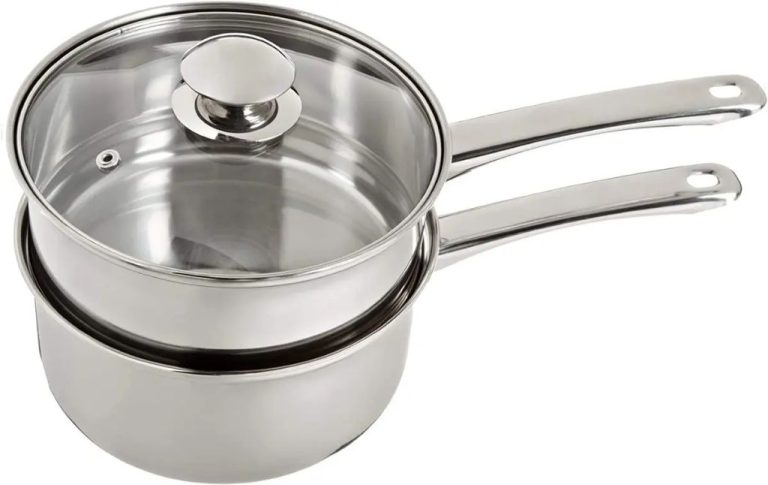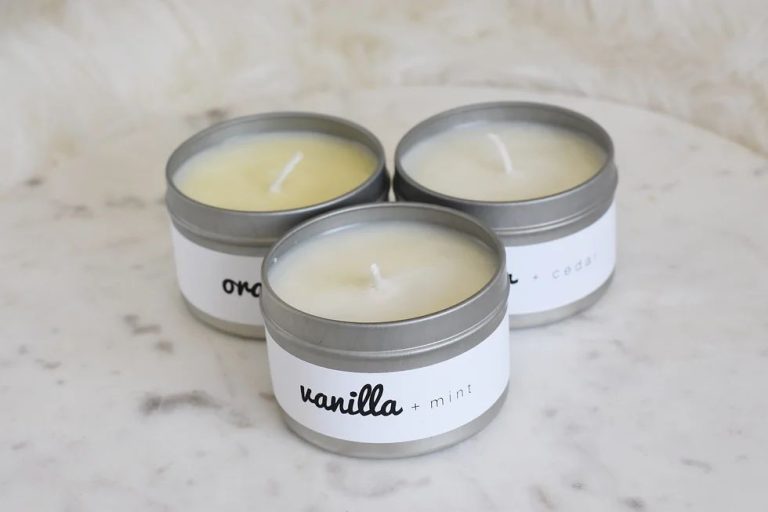What Is The Most Eco-Friendly Way To Make Candles?
Eco-friendly candles are those made with natural, biodegradable materials that minimize environmental impact. Traditional candle making relies heavily on paraffin wax which is a petroleum byproduct. More sustainable options utilize renewable waxes like soy, beeswax, and coconut. The wicks are often cotton and the fragrances pure essential oils. The most eco-friendly candle method uses locally-sourced ingredients in small batches and avoids artificial dyes or synthetic scents. This introduction will explore the spectrum of eco-friendly candle making methods to determine the most sustainable practices.
Conventional Candle Making Methods
Many conventional candles today are made from paraffin wax, which is derived from petroleum. Paraffin wax raises environmental concerns because petroleum is a non-renewable resource and extracting it can damage natural habitats. According to Impactful Ninja, “The source of paraffin wax, crude oil, is notorious for environmentally devastating consequences like oil spills, habitat destruction, and of course, climate change.”
When burned, paraffin wax releases compounds like benzene and toluene into the air, which can be harmful. It is also not biodegradable, so it persists in landfills (Lalueur Candles).
Another conventional candle wax is palm wax, derived from palm oil. While a renewable resource, there are sustainability issues with palm oil production, including deforestation, loss of natural habitats for animals, and exploitation of workers (Impactful Ninja). Clearing rainforests for palm plantations releases carbon emissions and threatens endangered species.
Beeswax

Beeswax is a natural wax made by honey bees from honeycomb. It is considered one of the most eco-friendly candle wax options.
The main benefits of beeswax include:
- Made from honeycomb, so it is 100% natural and renewable.
- Biodegradable and non-toxic, unlike paraffin wax which is a petroleum byproduct.
- Burns cleanly and emits negative ions that help purify the air.
- Has a lovely natural honey aroma.
- Supports local beekeepers and the bee population when sourced ethically. Bees are important pollinators.
Some downsides are that beeswax candles can be more expensive and burn faster than other types. Proper wick sizing is also important for clean burning.
Overall, beeswax is one of the most environmentally sustainable candle wax options, supporting beekeepers and providing a natural, non-toxic product.
Soy Wax

Soy wax is one of the most eco-friendly candle wax options because it is made from soybeans. Soybeans are a renewable and biodegradable resource that can be grown domestically in the United States and North America, reducing transportation emissions. According to Fox and Bee Candles, soy wax candles have a cleaner burn than paraffin wax candles, producing less soot. Soy wax is also praised for its excellent scent throw. The soy wax itself has a low scent profile, allowing added fragrances to shine through brightly. Quiet Blue states that soy wax candles have longer burn times compared to paraffin candles, so consumers get more out of each candle. The renewable and domestic source, clean burn, and long burn time make soy wax an eco-friendly choice for candle making.
Coconut Wax

Coconut wax has emerged as one of the most eco-friendly and sustainable waxes for candle making. It is made from the oil of coconuts, which are an abundant and renewable resource. Coconut trees produce coconuts regularly throughout the year, making coconut oil a reliable crop with little environmental impact.
Coconut wax is biodegradable and breaks down naturally in the environment. This makes it much less taxing than paraffin wax, a petroleum byproduct that can take centuries to degrade. When making candles with coconut wax, makers can feel assured their products will not persist in landfills.
Ethical sourcing is also a benefit of coconut wax. Most coconut farming occurs in tropical regions like the Philippines, Indonesia, and India. Supporting the coconut industry helps provide jobs and income for local economies in developing nations. However, it is still important for manufacturers to ensure they work with coconut suppliers that harvest coconuts sustainably and fairly compensate workers.
Vegetable-Based Container Candles
Using candle containers made from vegetables instead of glass is more eco-friendly. Vegetable containers, often made from soy or other plant materials, are compostable and biodegradable. Glass, on the other hand, is not compostable and takes a very long time to break down in landfills.
Compostable vegetable containers have a lower carbon footprint than glass. Extracting and processing the silica sand and other ingredients needed to manufacture glass containers consumes a lot of energy and emits greenhouse gases. Producing containers from plant-based materials uses fewer resources and energy.
According to this source, choosing natural, vegetable-based containers instead of glass is safer for the environment in terms of both air and water quality.
Essential Oils vs Synthetic Fragrances
When making eco-friendly candles, it’s important to use essential oils rather than synthetic fragrances. Essential oils are natural aromatic compounds extracted from plants. They provide a pure, authentic fragrance profile without any added chemicals. Synthetic fragrances, on the other hand, are typically derived from petrochemicals through complex industrial processes. This makes them less sustainable and potentially harmful, as some synthetic fragrance ingredients have been linked to health issues. Essential oils allow you to create scented candles with ingredients straight from nature. Opting for essential oils over synthetic fragrances is a simple way to make your homemade candles greener.
Cotton Wicks
When choosing a wick for candle making, cotton wicks are considered the most eco-friendly option. Cotton wicks are made from natural cotton fibers rather than synthetic materials like lead or zinc (The Complete Guide to Cotton Wicks: All You Need To Know). Lead-core wicks release toxic fumes when burned, so they should always be avoided.
Cotton is renewable, biodegradable, and emits less soot than other wick materials. It provides an even, consistent burn without altering the scent or releasing chemicals. Cotton also has excellent capillary action to soak up wax for a cleaner burn. Studies show cotton wicks produce minimal carbon buildup compared to synthetic wicks (Cotton Wicks: Why They’re The Best Wick To Use For A Candle).
For the most eco-friendly candles, choose natural cotton wicks over synthetic materials. Cotton provides a clean, even burn without toxic emissions.
Local and Handmade
One of the most eco-friendly ways to buy candles is to support local and handmade varieties. Buying locally-produced candles from small businesses and craftspeople in your community has several advantages:
Local candles don’t have to be shipped long distances, reducing the environmental impact of transportation. Candles shipped across states, countries or overseas rack up more carbon emissions from planes, trucks, ships, etc. Local candles only have to travel short distances from the workshop to the store, lowering their carbon footprint.
Buying locally also supports small businesses, craftspeople and artisans in your community. When you choose locally made candles, your money stays in the local economy rather than going to large corporations. This helps stimulate job growth and makes communities more resilient and self-reliant.
Many local candle makers also use high-quality, natural ingredients like soy wax, beeswax and essential oils rather than synthetic fragrances and paraffin wax. This makes their candles better for the environment. They may also use eco-friendly packaging and cotton wicks.
So when shopping for eco-friendly candles, be sure to check out varieties made close to home. Farmer’s markets, craft fairs, local shops and websites like Kind Candles are great places to find quality, earth-friendly candles while supporting your local economy.
Conclusion
In summary, some of the most eco-friendly practices for making candles include using natural waxes like beeswax, soy wax, or coconut wax, opting for essential oils over synthetic fragrances, and choosing cotton wicks. Eco-friendly candles use renewable, biodegradable ingredients that don’t release harmful chemicals into the air when burned.
Making candles with natural materials benefits the environment in several ways. Beeswax and vegetable-based waxes require less processing and energy to produce than paraffin wax. They also burn cleaner. Essential oil fragrances come directly from plants, while many synthetic fragrances contain petroleum byproducts. And cotton wicks minimize soot buildup.
You can find environmentally friendly candles at farmer’s markets, boutiques, and online shops that specialize in natural products. Look for candles specifically advertised as “eco-friendly,” “natural,” or “non-toxic” to ensure you’re getting ones made with sustainable practices.






